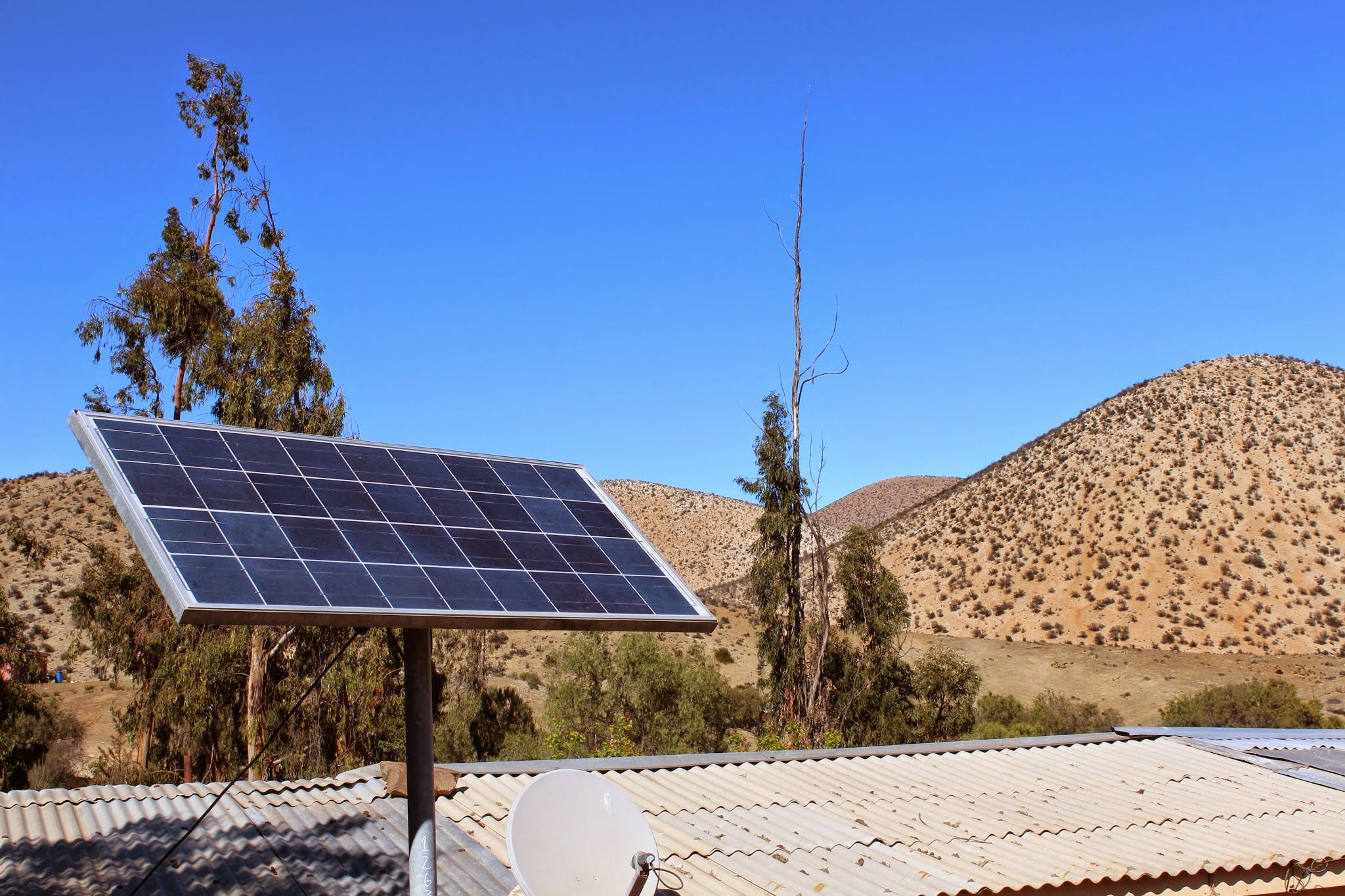Latin America and the Caribbean is a region with high potential for renewable energy of all kinds. However, there are still gaps in terms of access to electricity access. Approximately 24 million people still have no electricity access, while others have access with very low quality, particularly in isolated systems. In this context, hybrid systems are a real cost effective alternative for reducing the use of fossil fuels in generation systems and increasing energy access to new populations in a sustainable way.
Until recently, a generalized form of power supply for communities far from the electric grid was fossil fuel generation. Even today, it is common to find communities on islands or in the forest that receive electricity a few hours a day from an electric mini-network powered with generation from fossil fuels. However, this solution presents problems. The main one is the cost of fuel, which increases the cost of energy supply. While in some countries there are state subsidies on fuel prices used in electricity generation, which reduce the final cost to the user, the cost to society is the same (the state bears the cost instead of the user). Also, the cost transporting fuel represents a significant part of the cost of supply, which is a limiting factor, since in most cases these are remote isolated communities far from main transport routes. Moreover, this form of generation has a negative environmental impact due to greenhouse gases and possible fuel spills during transport and storage.
As an alternative, small-scale renewable generation systems have been developed, including solar, wind, hydroelectric, and biomass systems. These technologies have the advantage of low operating and maintenance costs. However, in many cases the cost of initial investment is greater than that of alternative fossil generation of the same size. In addition, most renewable energy sources are intermittent and have hourly, daily, or seasonal variations in generation due to the characteristics of the resource.
What is a hybrid system?
A hybrid system is one that combines several energy sources in a single facility and is connected to a mini-grid. They are generally composed of renewable and fossil generation, a control system, and may include batteries to store the electricity produced.
What are the advantages of a hybrid system?
The figure below shows the typical load curve of a rural town in any country in Latin America or the Caribbean.
On the curve you can see three levels of demand: the nightly base load (public lighting, refrigeration) the daytime load and the evening peak (general lighting). In small towns, a fossil generator normally covers only the nocturnal peak and works 3-4 hours per day; in larger towns, official fossil generation usually lasts about 16 hours, covering the daytime and evening peak load.
Using the curve as an example, and assuming the use of a fossil-photovoltaic system, renewable energy (photovoltaics) will replace fossil generation during the day, reducing fuel use, or alternatively, extending the hours of supply.
Depending on the power of the photovoltaic system, it may generate a surplus (at noon) that would be stored in batteries and subsequently could be used. This further reduces the hours of operation of the generator, which operate only at night, or on days with low radiation.
A hybrid renewable system does not eliminate the use of fuel, but it helps decrease dependence. The batteries also help cushion the variations in generation. The dimensioning of the components in the hybrid system seeks an optimal combination between the size of the renewable installation, the batteries and the fossil generator in order to minimize the total cost and maximize the hours of supply.
Often it is necessary to adapt the installation of a renewable system to an existing fossil generation system. In these cases, there are additional complexities to consider, including the current state of the fossil generator and the control systems needed to enable parallel operation with renewable energy systems. How have renewable hybrid systems had an impact on your community? Share your story here.






Leave a Reply